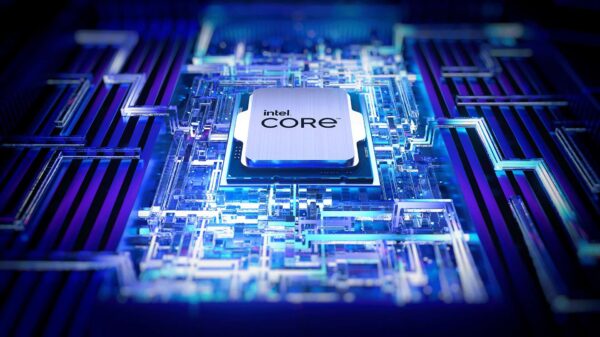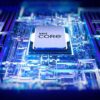Lawsuit Alleges That Symantec’s Lineup of Performance Utilities are “Scareware”, and Designed to Report Problems, Even if None Exist.
A lawsuit seeking class action status, filed by a resident in the state of Washington, calls Symantec’s performance software “Scareware”, a form of malicious software that is designed to frighten a person into taking action, such as making a purchase. In the complaint, James Gross says that Symantec’s actions are undeniably fraudulent, and violate unfair competition laws.
At issue is Symantec’s computer performance line, Norton Utilities. Norton Utilities includes two additional tools – PC Tools Registry Mechanic and PC Tools Performance Toolkit. The newly vamped Norton Utilities was created after Symantec acquired PC Tools in 2008. All three products are still available on their own.
 Norton Utilities is being called Scareware in the complaint, due to the restrictions placed on it, and the various performance utilities for trial usage. While the software will identify several potential problems, it will only address and correct each problem if the software is fully registered.
Norton Utilities is being called Scareware in the complaint, due to the restrictions placed on it, and the various performance utilities for trial usage. While the software will identify several potential problems, it will only address and correct each problem if the software is fully registered.
From the complaint, obtained by SecurityWeek:
“First, Symantec represents to the consumer that the Scareware is capable of identifying and fixing a wide range of PC errors, privacy threats, and other computer problems. Next, to demonstrate the Scareware’s value to the consumer, Symantec allows the user to download the software and perform a “free diagnostic” scan, which purportedly detects whether any such problems exist on the individual’s PC. Then, the Scareware report, in alarmist fashion, that harmful errors and other threats exist on the user’s PC. Finally, Symantec informs the consumer that a handful of these issues may be fixed for free, but the individual must purchase the product to fully remove the remaining so-called errors.”
Charging for software to provide functionality is fair practice and by no means malicious, but the court documents go on to state that the Scareware itself actually does nothing, and is instead designed to report false issues in order to generate sales.
“Furthermore, the Scareware does not, and cannot, provide the benefits promised by Symantec. Accordingly, consumers are duped into purchasing software that does not function as advertised, and in fact, has very little (if any) utility,” the complaint adds.
The court documents report that by design, Symantec’s products are developed to report problems, even if none exist. Gross, through his attorneys, hired a computer forensics expert to examine the software, and in the complaint said they were able to confirm that the software always reports that the users’ computer’s system health is low.
“The scareware does not conduct any actual diagnostic testing on the computer,” the complaint alleges. “Instead, Symantec intentionally designed its Scareware to invariably report, in an extremely ominous manner, that harmful errors, privacy risks, and other computer problems exist on the users’ PC, regardless of the real condition of the consumer’s computer.”
“…the only reason for consumers to purchase the Scareware products is to ‘fix’ the supposed ‘errors’ that the free scans ‘detected’.”
The compliant filed by Gross seems to take issue with the fact that some of Symantec’s offerings are Shareware or Trial-ware.
The suit is seeking $5,000,000 USD in damages. The order for class status is pending.
After reviewing the complaint, Symantec’s legal team provided SecurityWeek with the following statement:
“Symantec does not believe the lawsuit has merit and will vigorously defend the case. The Norton and PC Tools solutions at issue are designed to improve the system performance of our customers’ devices in terms of speed, maintain the health of their machines, and protect our customers’ information. The optimization and privacy functions of these solutions fix registry errors, wipe computer usage, and shred deleted items. Some include additional functionality such as recovery tools to restore lost items. Several independent third parties have tested and reviewed these products very favorably, verifying the effectiveness of their functionality.”











